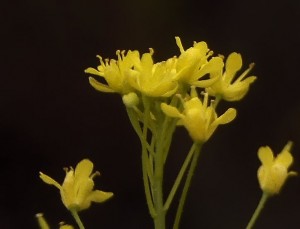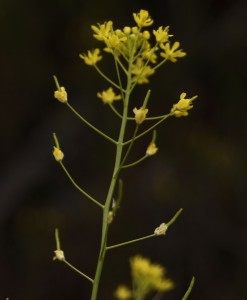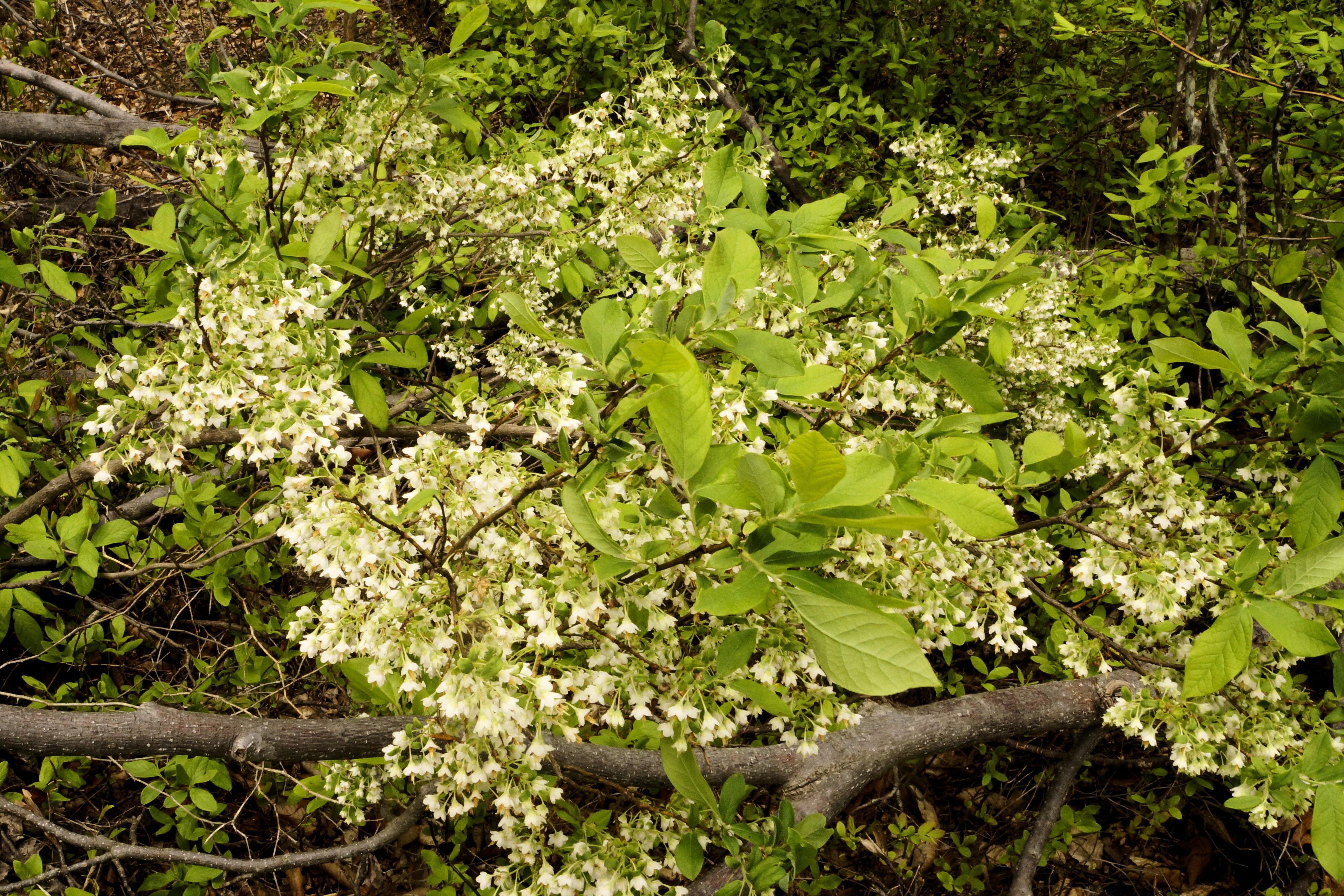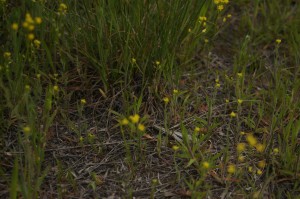
Descurainia pinnata (Walter) Britton is a member of the Mustard Family (Brassicaceae) known as the Western Tansymustard. It is an annual native to North America and is found in every USA state except Alaska, Hawaii, and Alabama as well as throughout Canada and Mexico. It can be found in a variety of habitats and can springs up in barren sites with poor soil.
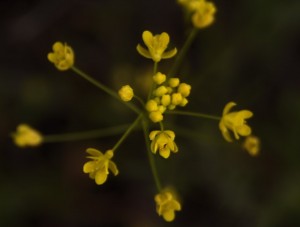
It especially seems to do the best in the drier plant communities like sagebrush deserts and short bunchgrass communities. This species is highly variable with several subspecies, and as far as I can determine, these plants appear to be Descurainia pinnata (Walter) Britton ssp. nelsonii (Rydb.) Detling or Nelson’s Tansymustard .
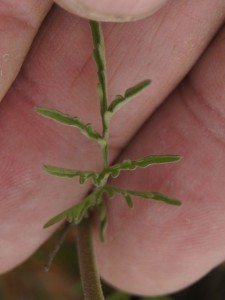
The leaves are highly lobed. At the end of the stems are tiny golden-yellow flowers. The fruits are siliques about 0.25 to 0.75 inches long. The plant is nutritious to grazing animals in small quantities, but can be toxic in large quantities due to nitrates and other related compounds. The seeds are similar to black mustard and can be consumed as food for humans.
These photos were taken at the Vantage Overlook off of Interstate-90.
